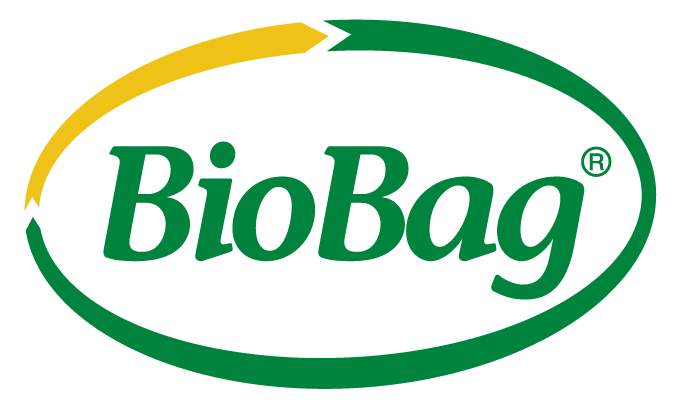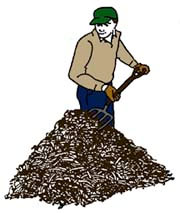BioBag Employee Sharpens The Saw
Location, Location, Location!
How to Make Your Neighbors Green with Envy
In the early days, your compost pile will be very warm. It might even steam a little, but no need to sound the fire alarm since this is normal. Heating indicates that the material is composting normally.
In order to maintain your neighbors envy with the perfect compost, you will need to turn your pile frequently with a pitchfork, shovel or tool. By turning the pile frequently you are helping provide oxygen to the compost-creating microbes. More microbes = Faster decomposition = Quicker compost.
Check the temperature of your pile on a regular basis and turn the pile when it reaches about 140F+ or below 100F. If it is too difficult to monitor the temperature on an ongoing basis, just try to turn the pile about twice a week.
Also, regularly check the moisture level. Add water to the pile if it looks too dry. A good rule of thumb is to add water every time you turn the pile. If the compost looks too wet, add more dry browns to the pile.
Make sure you monitor the odor as well. Too much water in the system causes overly strong, odorous piles. If this is the case try adding more browns to the pile like mentioned above.
So how do you know when the compost is ready? … Be on the look-out for Part 5: Identifying finished compost and how to apply it correctly.


No comments yet. You should be kind and add one!
By submitting a comment you grant BioBag a perpetual license to reproduce your words and name/web site in attribution. Inappropriate and irrelevant comments will be removed at an admin’s discretion. Your email is used for verification purposes only, it will never be shared.